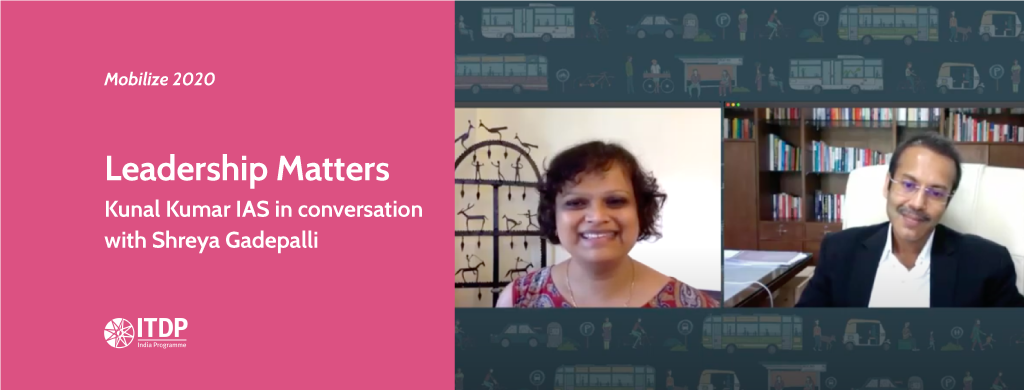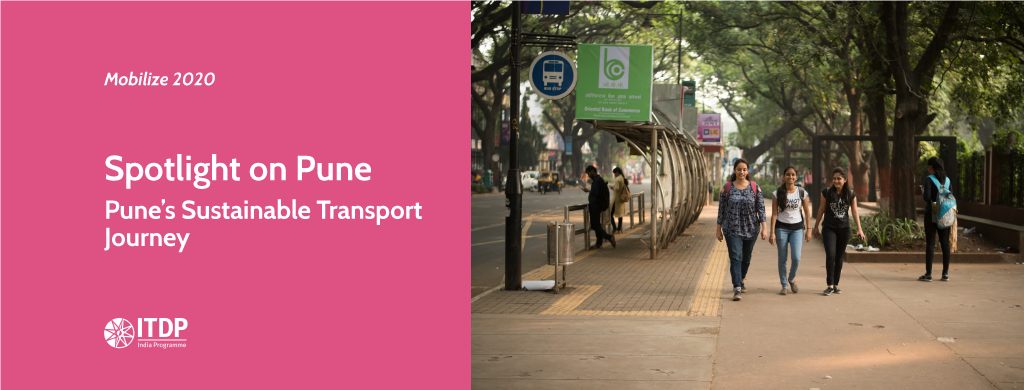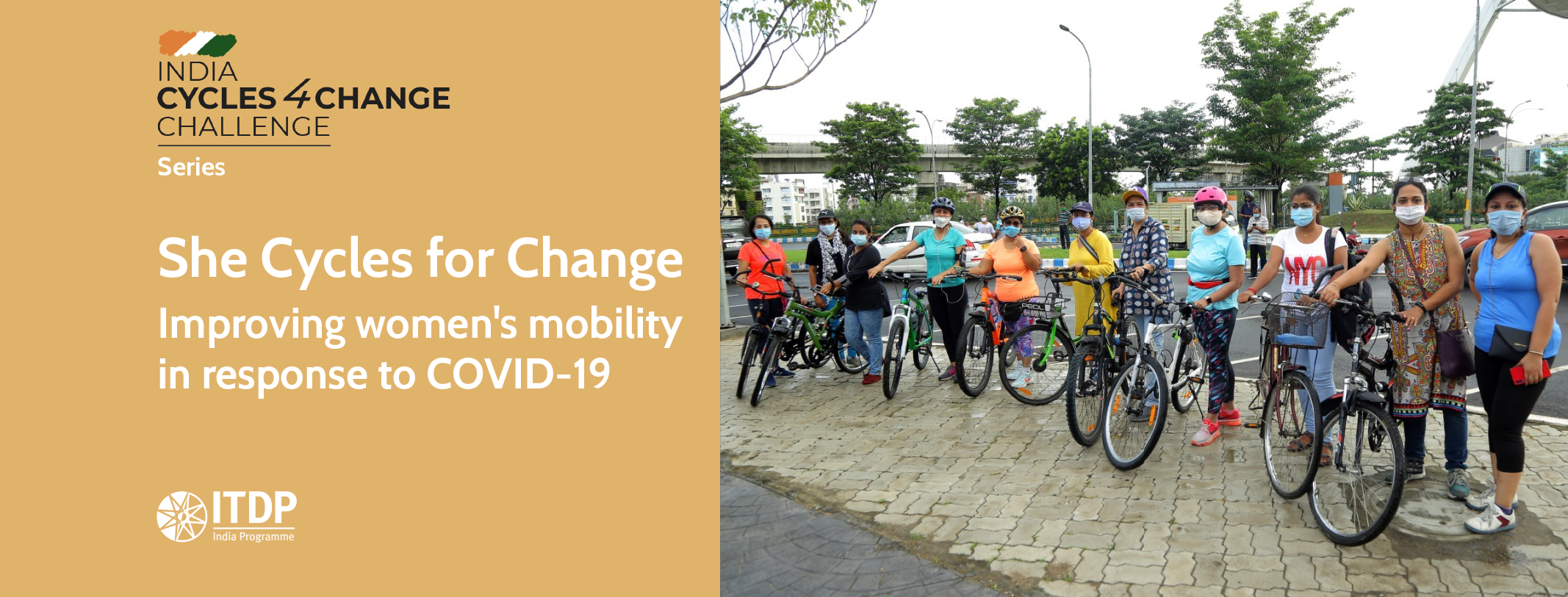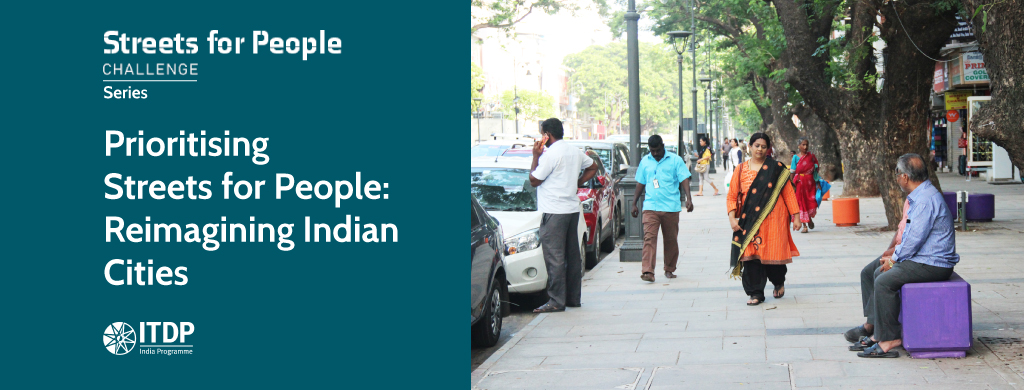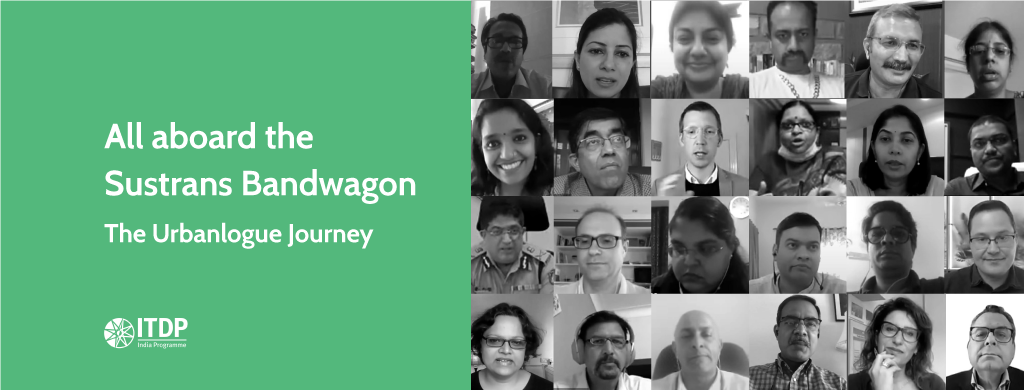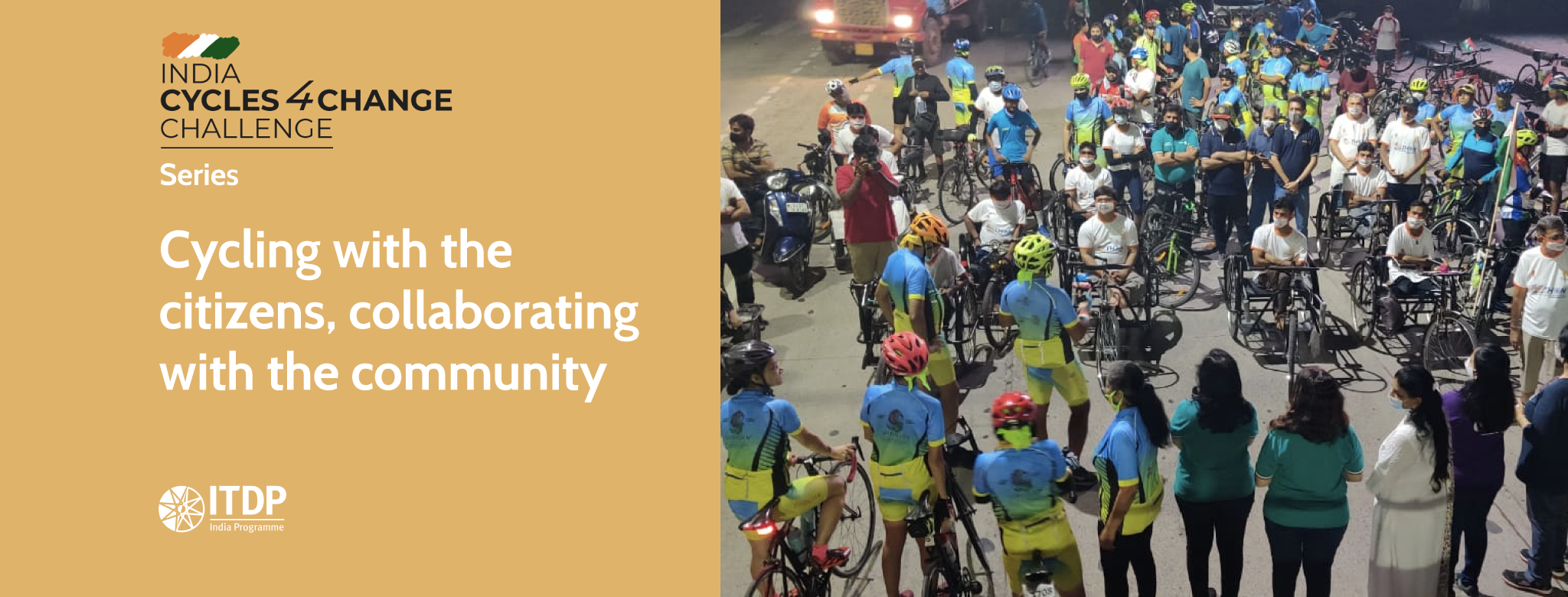We are excited to announce the appointment of Aswathy Dilip as the ITDP India’s Managing Director.

Prior to her new role, Aswathy was a Senior Programme Manager at ITDP India, leading our technical team in carrying out nation-wide sustainable mobility strategies and interventions.
Today, Aswathy is a sought-after expert in raising support for sustainable mobility from key decision makers, governments and stakeholders. Her leadership was greatly recognised through her most recent accomplishment in managing India’s first walking, cycling and public transport movement, through the national-level Challenges!
We also take this opportunity to bid adieu to Shreya Gadepalli, who successfully steered the ITDP India Programme for over 23 years. Shreya’s experience and inspiring leadership has been a huge asset to the organisation. We wish her the very best for her future endeavours.
With the combination of her experience, work-ethic and passion, we believe Aswathy is most suited for our next stages of growth. It’s time to get to know her a little better!
Five questions with Aswathy Dilip
Q1 Tell us about an accomplishment that shaped your career.
Last year, we were able to expand from state-level to national-level programmes with the launch of three challenges—India Cycles4Change, Streets4People, and Transport4All—in collaboration with the Ministry of Housing and Urban Affairs. This kickstarted a sustainable mobility revolution in the country! More than 140 cities are participating in these programmes, embracing the test-learn-scale mantra which encourages cities to try bold temporary transformations before making them permanent.
It was heartening to see that citizens were at the heart of this transformation during stage 1. The design solutions were tailor-made through citizen engagement and feedback. The impact echoed nation-wide with more partnerships being formed with civil society organisations, academic institutions, start-ups, and technical partners – making it one of India’s most collaborative challenges. This I believe is the success story, which reinforces my belief—that alone we can do so little; together we can do so much.
Q2 How do you think the pandemic has changed the workings of the organisation?
The pandemic was tremendously challenging and it forced all of us to embrace behavioural change that may have otherwise taken decades. With a ban on travel, government bodies across the country embraced technology, which we are leveraging through our online training programmes. Today, we are able to support many more cities across the entire nation from Bangalore in the south to Chandigarh in the north, from Kohima in the east to Surat in the west. It also gave us the opportunity to partner with experts across the world who shared their global learnings to inspire change locally.
Internally too, our team members were able to break through the invisible boundaries of the regions where our offices were located, and are collaborating nationally. This enabled us to build resilience within the team. We now also look forward to sharing our learnings with countries across the world to inspire change globally (all smiles).
Q3 What do you hope to accomplish within the next year?
As you may have heard, our Prime Minister set an ambitious commitment to achieve net zero targets by 2070, at COP26. Though the target has a span of 50 years, every year is crucial. Kickstarting next year, we look forward to stage 2 of our national level challenges where we will be working with cities to scale-up their walking, cycling, and public transport interventions. The designs tested by cities during stage 1, now need to become a permanent, tangible transformation. We are committed to making this happen!
We are also channeling our efforts to work towards the adoption of e-mobility in India – specially public transport, informal public transport, and micro mobility fleet. Our focus is to work with the State Transport Undertakings for procurement and operations of electric buses; as well as work with the private sector to create a roadmap for their transition to e-buses.
Q4 Imagine yourself in three years. What do you hope will be different about you then compared to now?
As a personal goal, I definitely want to embrace a better work-life balance. I look forward to exploring art, improving my singing, traveling to unknown destinations, and spreading my love for meditation.
At the organisational front, I certainly want ITDP India to be a part of collaborative networks. I would like ITDP to be a catalyst in bringing together various stakeholders to transform our cities into healthy and liveable urban centres.
And finally…
Q5 What is harder: being a mother of two or Director of one?
No doubts, being a mother of two wonderful boys who often drive me up the wall! However, I must credit them for shaping my patience and perseverance that definitely gives me an edge at work.

We, at ITDP India, look forward to an exciting future under Aswathy’s leadership, and we hope to collaborate with you to further our vision: to create healthy streets, healthy cities, and happy lives.
Stay tuned for more updates!
You can connect with Aswathy on LinkedIn
Connect with ITDP India on LinkedIn
Written by Kashmira Dubash





